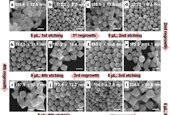-
 Korea.net's 24-hour YouTube channel
Korea.net's 24-hour YouTube channel- NEWS FOCUS
- ABOUT KOREA
- EVENTS
- RESOURCES
- GOVERNMENT
- ABOUT US
Korean and American researchers have jointly developed technology to transfer nanopillar arrays onto a variety of unconventional substrates for the first time. A group of researchers at the National Nanofab Center and Michigan University developed a way to transfer silicon-made nanopillar arrays onto such materials as fabric, paper and plastic using UV-curable polymers, according to the Ministry of Science, ICT and Future Planning (MSIP) on August 18.
Nanopillar structures are too tiny to be seen by the human eye but they have a variety of features such as scattering light and the ability to promote chemical reactions. So far, however, researchers have found it difficult to transfer the arrays due to the limits arising from different characteristics of the surfaces of substrates onto which the arrays are to be transferred. The new technology allows nanopillar arrays to be transferred onto any substrate regardless of its characteristics.
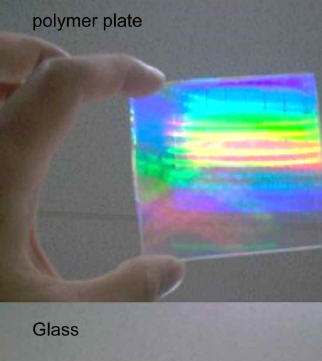
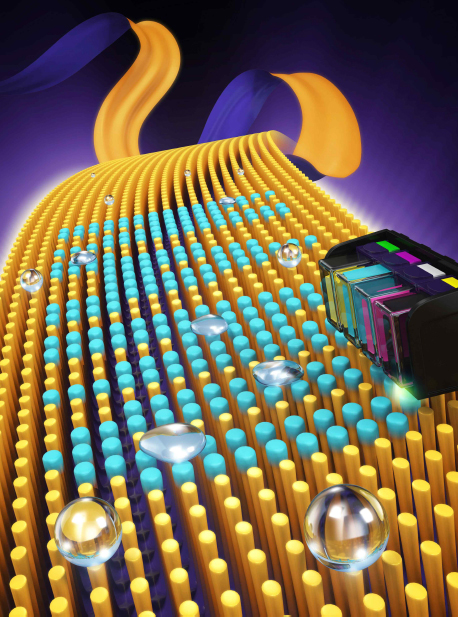
The research findings are likely to help develop applications of nanopillar structures transferred onto everyday goods such as glass and metal or next generation electronics such as wearable bio sensors. With the improvement of surface structures through printing methods and wide surfaces, the technology is expected to be used to develop sensors that detect harmful materials on the spot, drastically raising the degree of accuracy.
"There is a high chance of reproducibility and there is no limit caused by the characteristics of surface. Thus, it will likely be applicable to molecule diagnosis and developing bio sensors," said a researcher. "This will make it possible to detect and analyze various diseases and harmful materials on the spot."
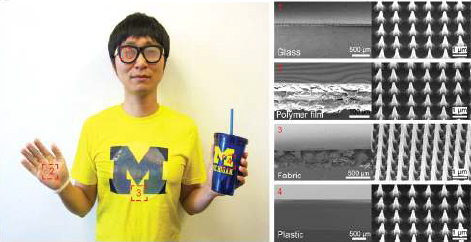
The research was conducted with the support of the MSIP and results were published online by the Advanced Materials Journal on August 6.
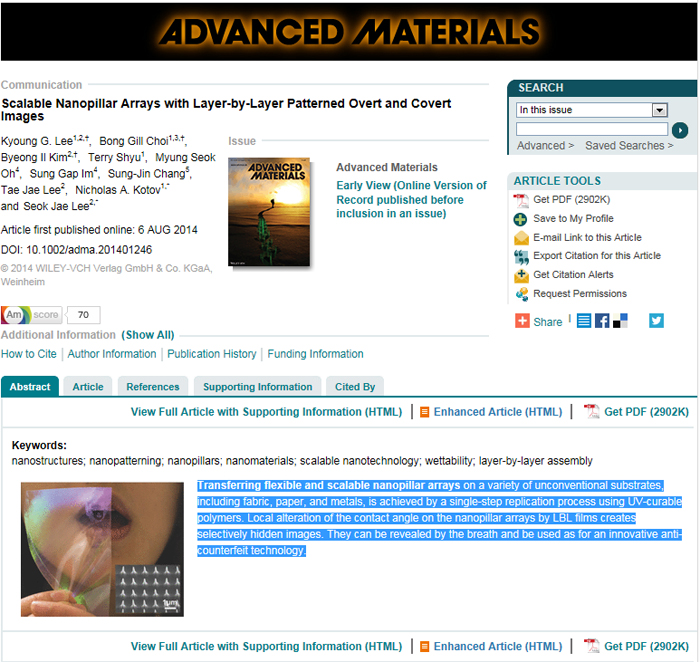
By Limb Jae-un
Korea.net Staff Writer
jun2@korea.kr

Nanopillar structures are too tiny to be seen by the human eye but they have a variety of features such as scattering light and the ability to promote chemical reactions. So far, however, researchers have found it difficult to transfer the arrays due to the limits arising from different characteristics of the surfaces of substrates onto which the arrays are to be transferred. The new technology allows nanopillar arrays to be transferred onto any substrate regardless of its characteristics.


(Top) Nanopillar arrays are transferred onto various substrates such as glass, plastic and film. (Bottom) The surface of the nanopillar structure creates hydrophile or hydrophobic properties. (photos courtesy of the MSIP)
The research findings are likely to help develop applications of nanopillar structures transferred onto everyday goods such as glass and metal or next generation electronics such as wearable bio sensors. With the improvement of surface structures through printing methods and wide surfaces, the technology is expected to be used to develop sensors that detect harmful materials on the spot, drastically raising the degree of accuracy.
"There is a high chance of reproducibility and there is no limit caused by the characteristics of surface. Thus, it will likely be applicable to molecule diagnosis and developing bio sensors," said a researcher. "This will make it possible to detect and analyze various diseases and harmful materials on the spot."

Nanopillar arrays are transferred to everyday goods. (photo courtesy of the MSIP)
The research was conducted with the support of the MSIP and results were published online by the Advanced Materials Journal on August 6.

The results of the research on technology to transfer nanopillar arrays on various substrates is published online by the Advanced Materials Journal.
By Limb Jae-un
Korea.net Staff Writer
jun2@korea.kr
Related Contents
Most popular
- China warmly welcomes first Korea-born giant panda Fu Bao
- First hearing-impaired K-pop act hopes for 'barrier-free world'
- Novelist Hwang's 'Mater 2-10' shortlisted for Int'l Booker Prize
- Expats could account for 7% of population in 20 years: report
- Nat'l Fire Agency picks 137 elite staff for deployment abroad










